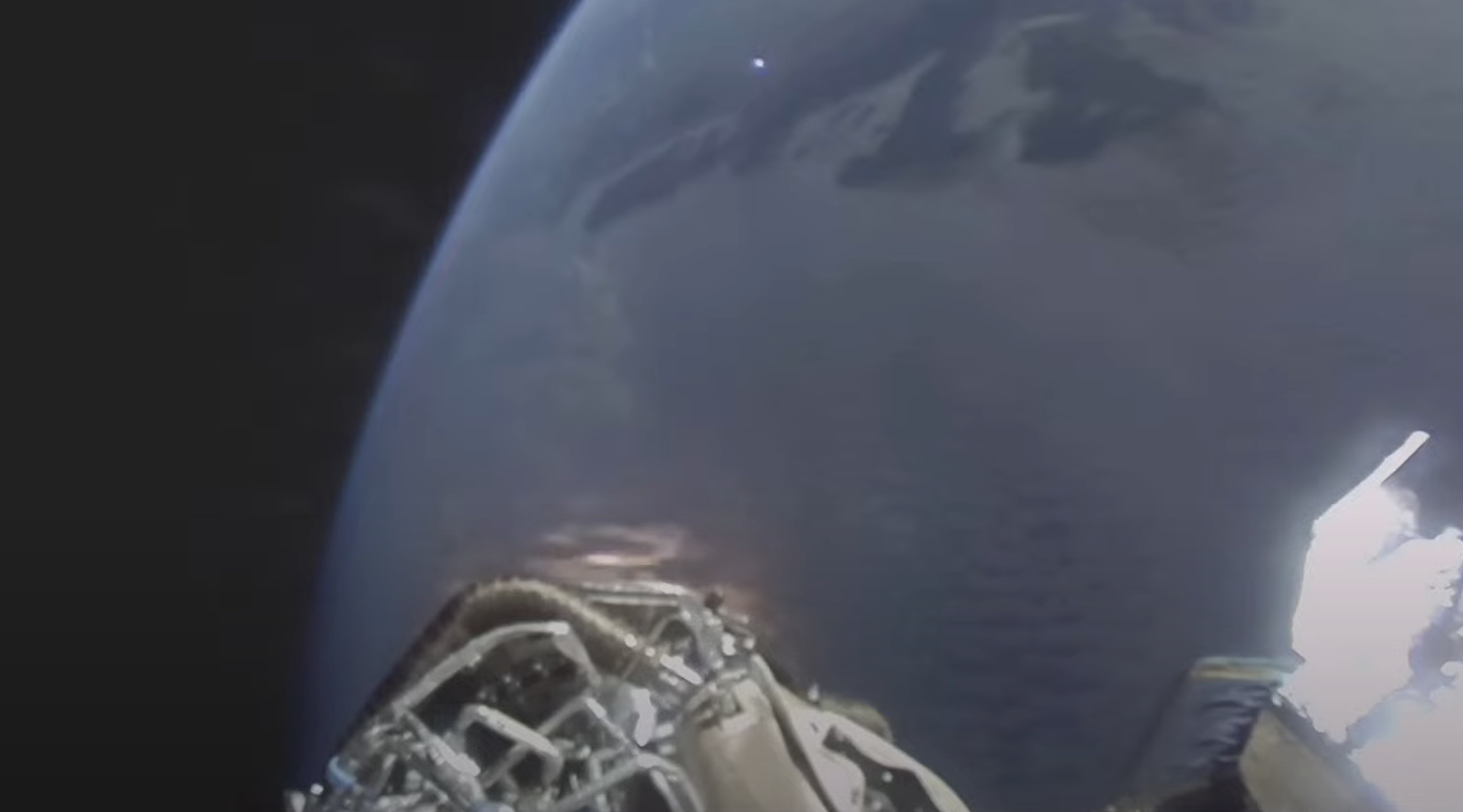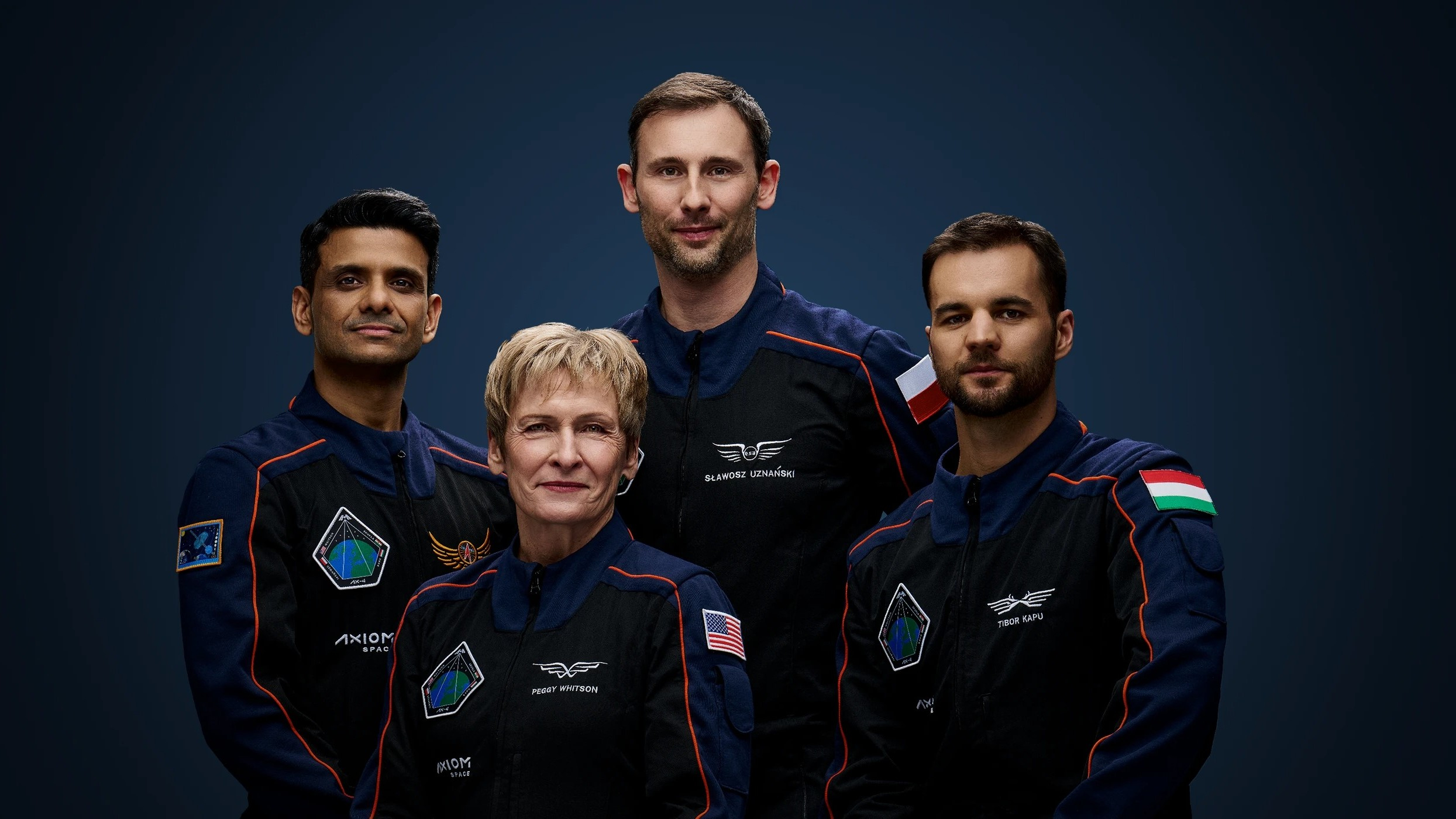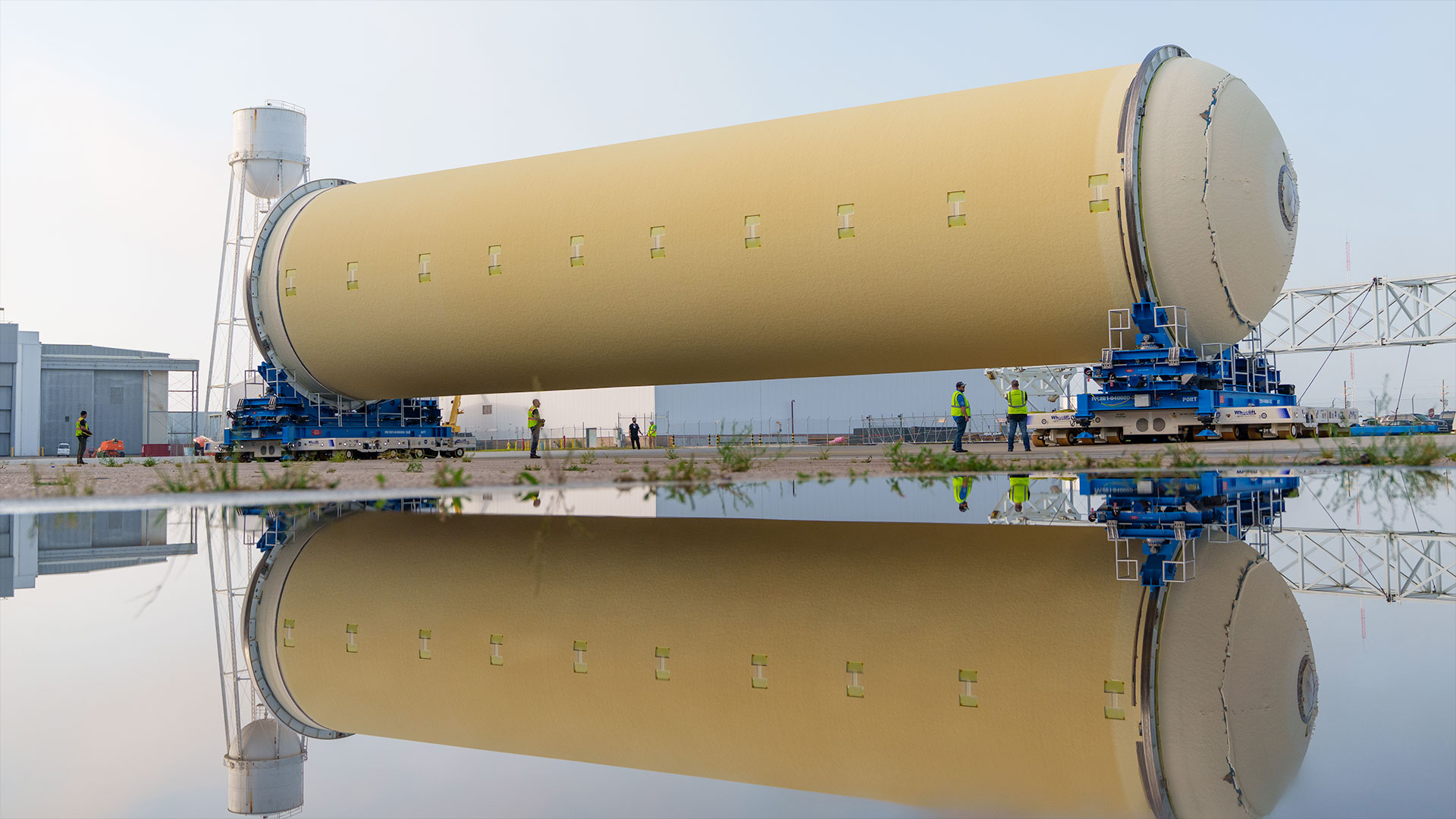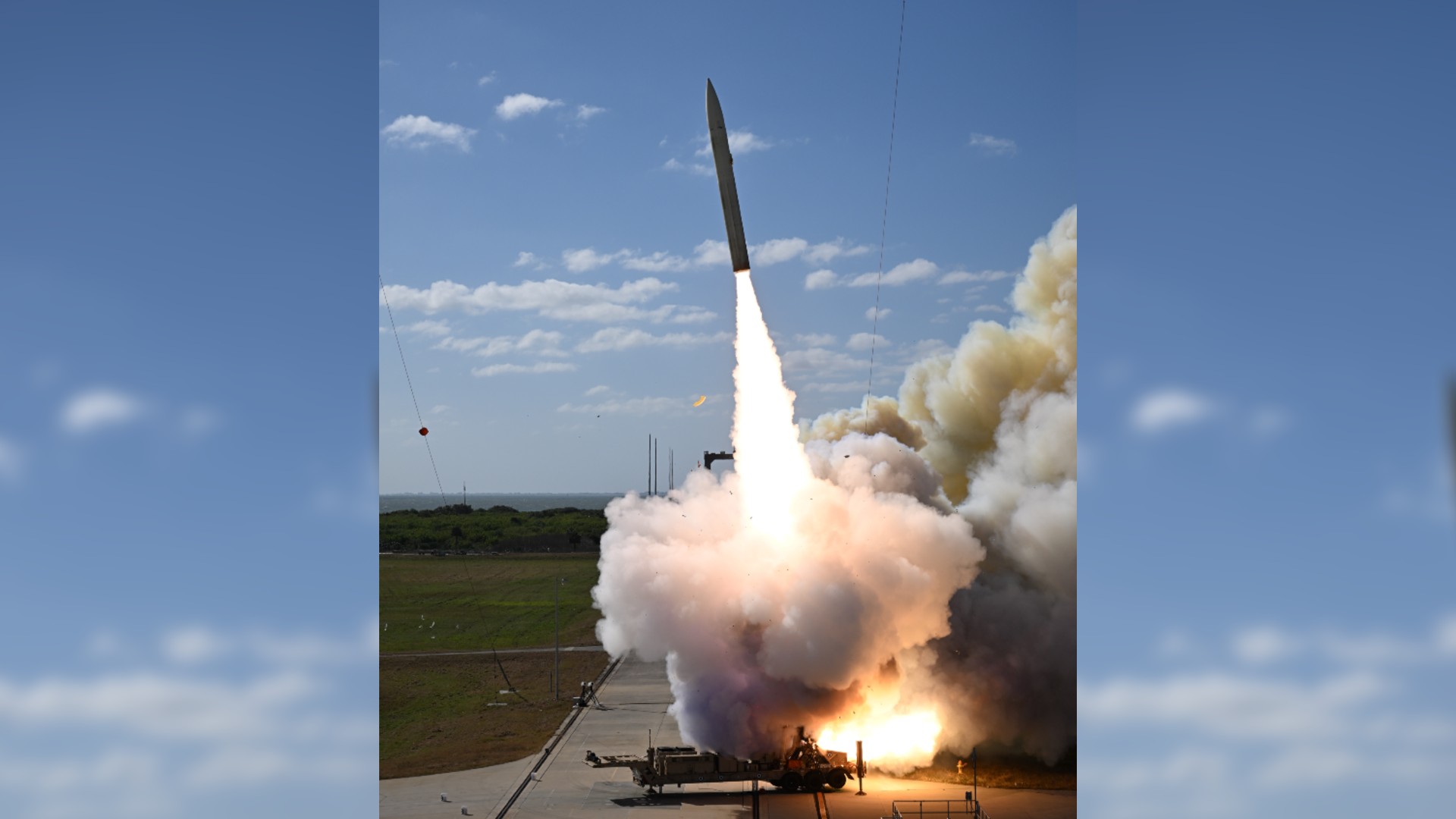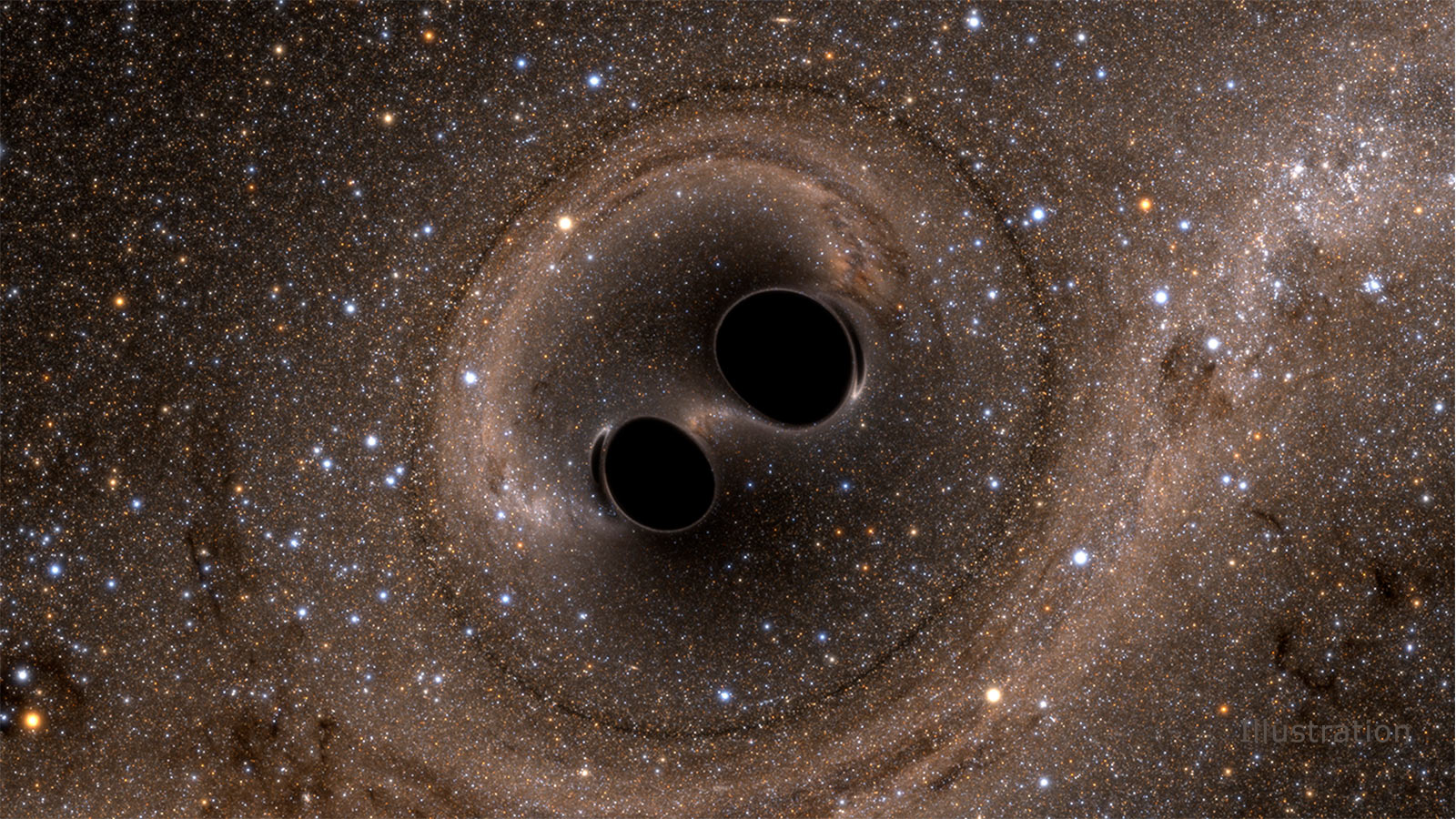Wow! Shuttle and Space Station Photographed Crossing the Sun
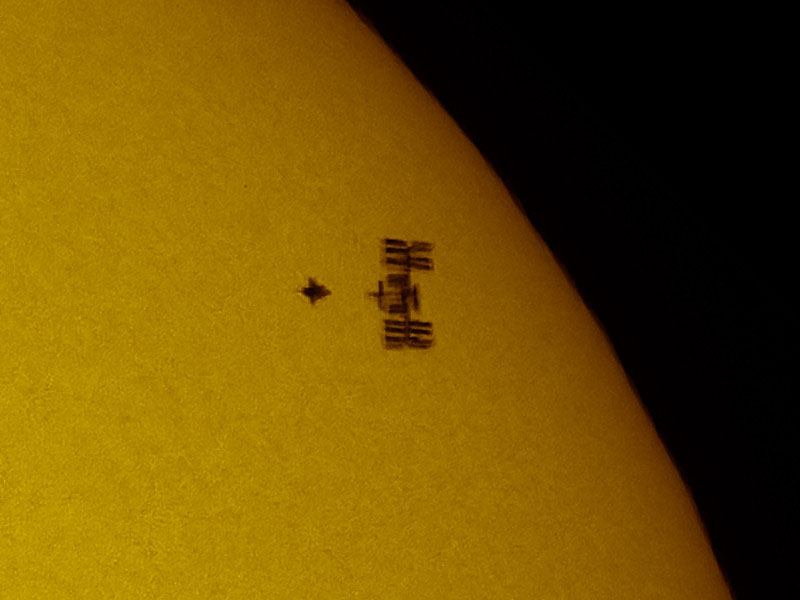
An eye-popping new snapshottaken by a Florida photographer has caught the International Space Station andshuttle Atlantis in silhouette as both spaceships crossed in front of the sun.
Photographer Thierry Legault tookthe stunningphoto on May 16 from Madrid, Spain at 13:28 GMT (9:28 a.m. EDT) shortlybefore Atlantis docked at the space station.
In the photo, the shuttle andspace station can clearlybe seen as two separate spacecraft.
They appear as darksilhouettes in the upper right region of an otherwise bright yellow sun. Eventhe wings of Atlantis can be discerned along with the station's expansive solararrays as both flew 200 miles (354 km) above Earth.
When Legault took the photo,Atlantis was flying below the space station and about to perform an orbitalback flip so astronauts inside the station could snap high-resolution photos ofthe thousands of heat-resistant tiles lining the shuttle's belly.
Catching the scene is can beextremely tricky, Legault said.
"For me, besides havingthe right equipment for such a shot, the difficulty is to be perfectlyprepared," Legault told SPACE.com in an e-mail. "This includes a lotof training and serious preparation."
Get the Space.com Newsletter
Breaking space news, the latest updates on rocket launches, skywatching events and more!
It took just 1/2 a second forAtlantis and the space station to zip across the face of the sun. The solarcrossing, called a transit, was only visible from a 3-mile (5-km) wide corridorbeneath the flight path of both spaceships, Legault said.?
"The excitement is likeduring a total eclipse, except that the [viewing corridor] is much smaller andthe duration too," Legault explained. "So there is no chance ofmistake. The possibility comes once only and if you miss it, it's over."
Legault learns of spacecrafttransits from the website Calsky.com, which forecasts exactly when the eventsare visible and from where. He then carefully synchronizes his clock toCalsky's and heads out to the viewing area, which he selects using Google-Earthmaps.
Weather forecasts for theregion play a big part is selecting a prime viewing area, he explained.
When the actual transit timecomes, Legault is not even looking through the camera. He looks at the clock, andthen hits the shutter button to try and catch the spacecraft in flight.
"Also,there is a big excitement when I check all the images of the sequence ? to seeif the space ship appears on one or two images (it cannot be on more thantwo)," Legault said. "At this moment, the image is just here for meand I can enjoy, before publishing it."
Thereare several chances for skywatchers in the United States see the shuttle and space stationtogether with their unaided eyes. The two spacecraft have been docked since May16 and can appear as bright as the planet Venus, weather permitting, toobservers on Earth who know where to look. [How to spot theshuttle and station].
This isn't the first timeLegault has captured the space shuttle Atlantis' silhouette as it flew beforethe sun, but it might be the last.
Atlantis' current mission todeliver a Russian room and spare parts to the space station is the orbiter's32nd and final planned spaceflight. NASA plans to retire Atlantis and its twoother shuttles after just three more missions, including this one under waynow.
Legault last photographed Atlantis in front of the sun in May 2009, when it pulled up tothe Hubble Space Telescope during NASA's final visit to overhaul the famedspace observatory. Legault had watched Atlantis blast off from NASA's KennedySpace Center in Florida a few days earlier.
"Atlantisis not especially my favorite for such shots, it's chance," Legault said,but added that Atlantis does feel special because he saw it launch in personlast year. "And it's all the more special because it's its last flight.
- Images — Spotting Spaceships From Earth
- Gallery — Photos of the Last Launch of Atlantis
- Shuttleand Space Station Visible in Night Sky This Week
Join our Space Forums to keep talking space on the latest missions, night sky and more! And if you have a news tip, correction or comment, let us know at: community@space.com.

Tariq is the Editor-in-Chief of Space.com and joined the team in 2001, first as an intern and staff writer, and later as an editor. He covers human spaceflight, exploration and space science, as well as skywatching and entertainment. He became Space.com's Managing Editor in 2009 and Editor-in-Chief in 2019. Before joining Space.com, Tariq was a staff reporter for The Los Angeles Times covering education and city beats in La Habra, Fullerton and Huntington Beach. In October 2022, Tariq received the Harry Kolcum Award for excellence in space reporting from the National Space Club Florida Committee. He is also an Eagle Scout (yes, he has the Space Exploration merit badge) and went to Space Camp four times as a kid and a fifth time as an adult. He has journalism degrees from the University of Southern California and New York University. You can find Tariq at Space.com and as the co-host to the This Week In Space podcast with space historian Rod Pyle on the TWiT network. To see his latest project, you can follow Tariq on Twitter @tariqjmalik.

